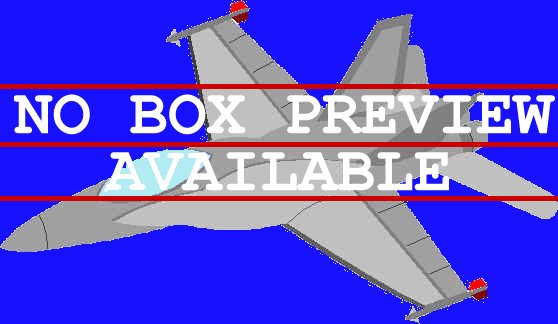
MONOGRAM 1:48 BOEING B-29 "LUCKY LEVEN"

Reviewer: Sheldon Rampersad (rec.models.scale)
AIRCRAFT: The B-29 Superfortress was the largest and heaviest and dare I say meanest bomber in World War 2. It was an unarmed B-29 "Enola Gay" that delivered a "little boy" atomic bomb to the city of Hiroshima, Japan, and another B-29 to Nagasaki a "Fat Man" atomic bomb. The B-29 had greater range than previous bombers and a greater payload. The aircraft was defended by 11 .50 cal machine guns in four twin turrets, and a tailgunner with three machine guns.
KIT PARTS: The kit I bought was a very old kit and some of the parts were slightly warped. The parts were moulded in silver as most B-29s were in natural metal finish. The fuselage was in two "long!" halves. When I first opened the box I was struck by the immense size of the parts. The clear parts were a bit dirty with a few scratches, this was solved by washing in soap water and an acceptable result obtained.
The kit provided the option of a conventionally armed B-29 with 12 1000lb bombs, or a atomic armed bird with either a "little boy" or "fat man" bomb. The kit is crammed with detail especially in the forward cabin, and the aft cabin is pretty good with beds in it. The engines are pretty nicely moulded with pretty good detail. The propellers are moveable and so are the gun turrets, all though this isn't all that great since one can see into the bucket for the gun...and well, there isn't much to see there. The kit also provides a number of ground crew figures. Overall the parts are pretty good if not for the age of the kit. The kit has however been re-issued and a new one can be obtained.
INSTRUCTIONS: The instructions are pretty good and are clear if you want the conventional armed bomber. The instructions for an atomic/nuclear armed bomber are sadly lacking. There is no information on how to convert the bird and to do this one has to do their own research. Generally the instructions are pretty clear and very good.
CONSTRUCTION: The fit of the parts is pretty good, so construction was pretty straight forward if you were building the 'conventional bomber'. Construction began with painting the interior details. The instrument dials and other details such as beds and radios were painted using paints from the Testors line. Interior green was used on the inside. Red, blue, yellow, military brown and gull grey were used to add detail such as the seats, wiring, consoles and interior ladder etc. The fore and aft cabins were glued into place at this point in time. The bomb racks were then added to the sides of the fuselage. These were reasonably warped and it took a lot of GENTLE bending combined with the use of rubber bands to hold them in place. The bombs were then cemented on, having been assembled and painted in olive with two yellow bands at the front and just in front of the fins.
In the forward cabin I placed a pilot and a bombardier, in the aft cabin went a gunner on the port side. These were all "appropriated" from other kits since this one provides ground crew and a few standing aviators. The engines were painted by dry brushing with flat black and a little extra detail added with aluminium and a brass looking colour which was achieved by using earth brown.
The kit is a tail sitter but attempts to weigh the nose with coins and other unmentionable weights were failures. There are very few places to weigh the plane. I resorted to weighing the flight engineer's console and the two forward gun tubs. If the correct weights were used it might have been successful. The fuselage halves were then put together and held together with rubber bands. The wings were supported by two spars sticking out of the fuselage. The wings were attached and then the undercarriage was painted and a few hours later stuck into the highly detailed wheel wells. The wheels were then applied and the entire structure left overnight to dry.
The following day the final details such as the engines, radar, oxygen bottles, the guns and aerials were applied. The outside painting was then done i.e. the leading edge de-icers.
DECALS: Then came the easy part ,or so I though when I enthusiastically sat down to apply the decals...I was wrong. The decals were so old that they broke apart after being exposed to water and an attempt made to apply them. This happened mostly with the large decals. The 'stars and bars' insignia I was able to piece together on the aircraft itself while the tail codes I resorted to gluing on and painting myself.
OVERALL: It's a very good kit and is very intimidating when finished.
Related reviews: Academy 1/72 B-29 "Bocks Car"
Back to home
Kit Review Index: 1/72
1/48